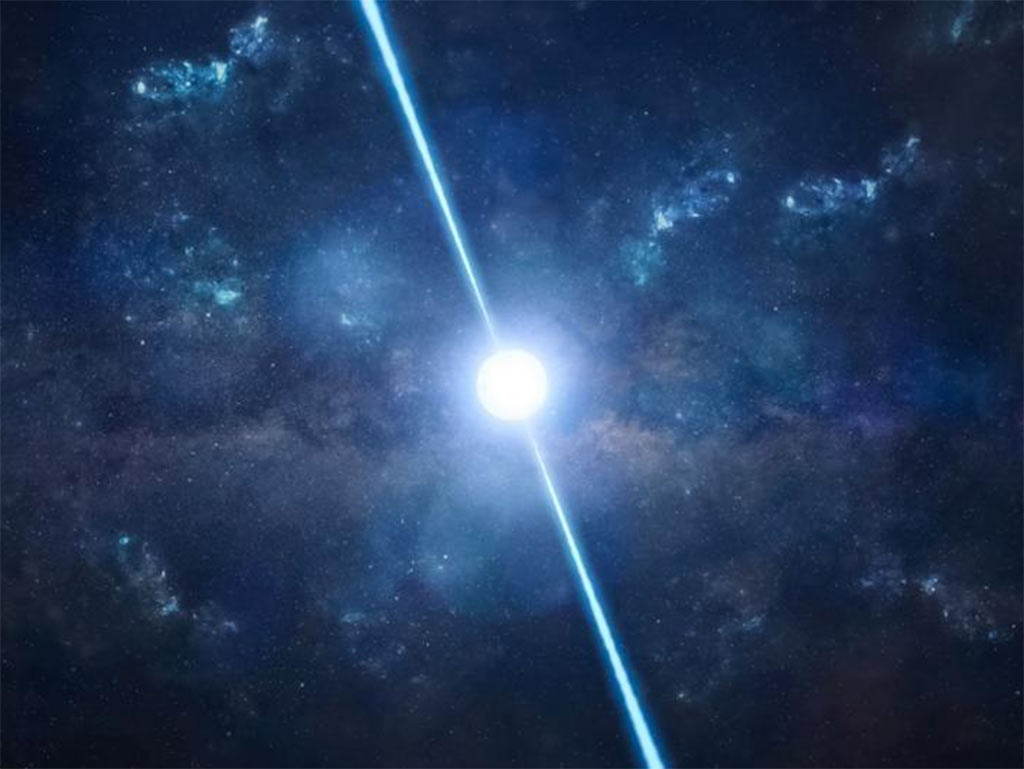According to a report from the National Aeronautics and Space Administration (NASA), although it is located 3,000 light-years away from our planet, this rare cosmic event will take place in September 2024 and when it occurs, it will probably be visible to the naked eye.
T Coronae Borealis is one of the so-called “recurrent novae”, of which at least ten are known to scientists; that is why, they can predict approximately when they will explode.
According to NASA Meteoroid Environment Program Director William Cooke, the last time T CrB experienced a nova was in 1946, 78 years ago.
“One sign that T CrB’s explosion will be imminent is that before it goes nova it goes dark for about a year and T Coronae Borealis started going dark in March 2023, so we think that it will go nova in late September,” Cooke explained.
For those who will appreciate the “outburst,” they should look at the sky for the constellation Corona Borealis, or the Northern Corona, a small semicircular arc near Bootes and Hercules, NASA pointed out.
jg/arm/mem/cdg









